The Centers for Disease Control and Prevention (CDC) has recently proposed separating the combined measles, mumps, and rubella (MMR) vaccine into three individual shots. This marks a significant shift in vaccine policy, aimed at addressing parental concerns and improving vaccination compliance, but it has ignited debate among public health experts, medical professionals, and advocacy groups.
The Reason Behind the Proposal
The CDC’s recommendation comes in the wake of a resurgence of measles across the United States, with the highest number of confirmed cases in decades. Health officials argue that by offering the option to receive individual vaccines instead of a combined shot, parents may feel more comfortable immunizing their children.
Acting CDC officials have emphasized that the decision is meant to increase parental choice and flexibility in vaccination schedules. They suggest that some parents are hesitant about combined vaccines and may be more willing to vaccinate their children if given the option of separate shots.
Responses from the Medical Community
The proposal has met with significant skepticism from health experts and vaccine manufacturers. Combined MMR vaccines have been used safely for decades and are considered highly effective. Critics warn that separating the vaccines could lead to:
- Increased missed doses, as parents might not complete all three shots.
- Lower overall vaccination rates, which could reduce herd immunity.
- Confusion and logistical challenges for healthcare providers in tracking multiple injections.
Medical professionals also stress that there is no scientific evidence indicating that the combined MMR vaccine is unsafe. On the contrary, decades of research show it provides strong protection against measles, mumps, and rubella while minimizing the number of injections children receive.
Public Health Concerns
Health officials caution that separating the MMR vaccine could complicate efforts to control outbreaks. The combined shot has historically made it easier to maintain high vaccination coverage, particularly in communities with limited healthcare access. Introducing individual shots could delay immunization, leaving children vulnerable to preventable diseases.
Additionally, the CDC’s proposal has sparked concern about public perception and vaccine confidence. Experts fear that giving parents the option to separate the shots might inadvertently validate vaccine hesitancy, potentially undermining trust in established vaccination programs.
The Debate on Parental Choice
Proponents of the separation argue that offering individual vaccines empowers parents and respects informed consent. They believe this flexibility could encourage more parents to vaccinate their children, especially those who are hesitant about combined vaccines due to safety concerns or misinformation.
Opponents counter that the benefits of the combined MMR vaccine outweigh the risks, and that offering separate shots may create unnecessary complications without improving overall public health outcomes. They stress that measles, mumps, and rubella remain highly contagious, and vaccination adherence is critical to prevent outbreaks.
Moving Forward
The CDC has indicated that further review and research will guide the implementation of the proposal. Health professionals continue to advocate for timely and complete immunization, emphasizing that vaccines remain the most effective defense against measles, mumps, and rubella.
The discussion highlights the ongoing challenges facing public health authorities: balancing parental choice with evidence-based recommendations, managing vaccine misinformation, and maintaining high vaccination rates to protect the population.
Conclusion
The CDC’s proposal to separate the MMR vaccine underscores the complexity of vaccine policy in the modern era. While the intent is to increase parental control and vaccine uptake, experts caution that the move could create new challenges in immunization compliance and public health protection. Vigilance, clear communication, and continued education remain key to ensuring children are protected against preventable diseases.

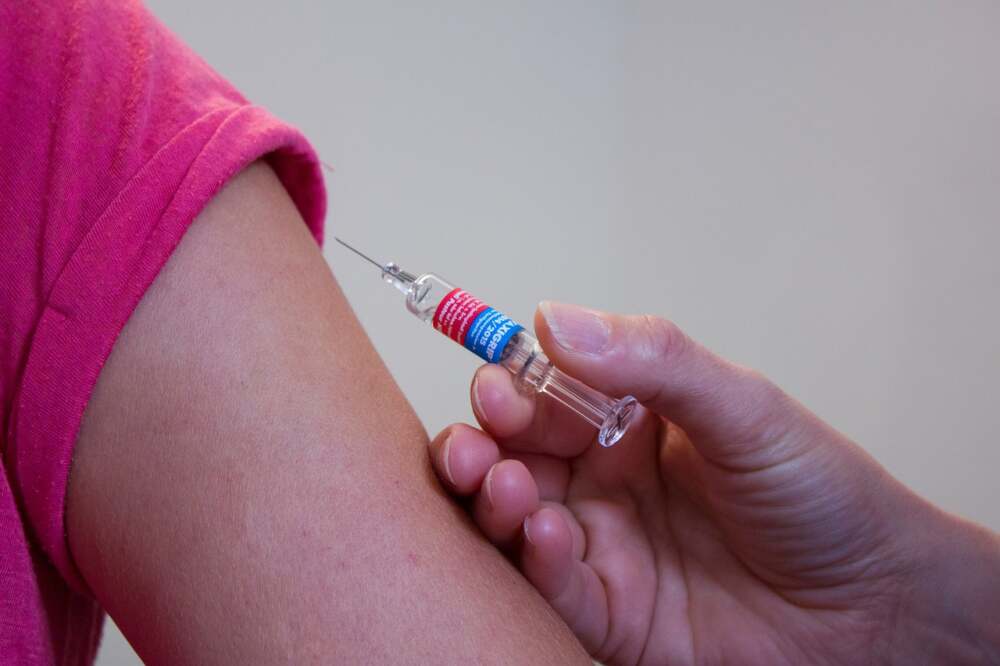

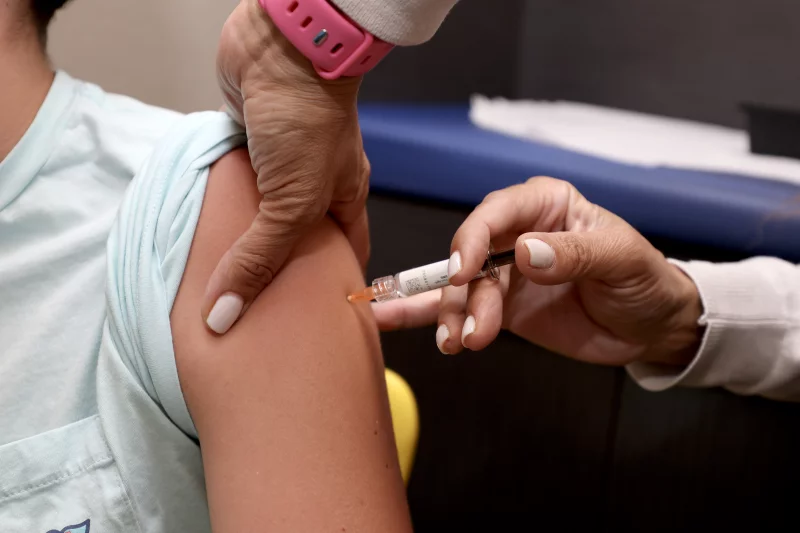
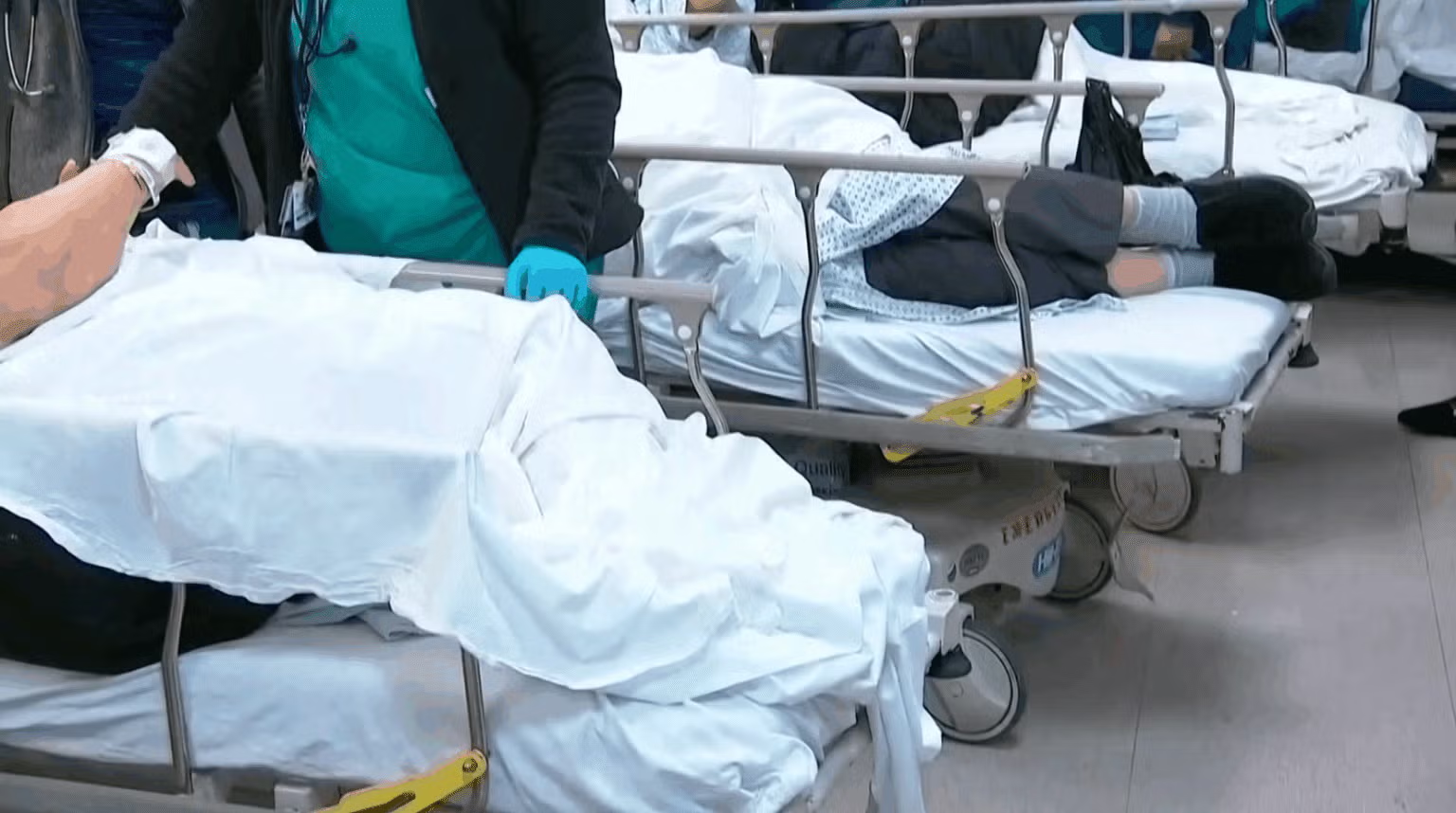

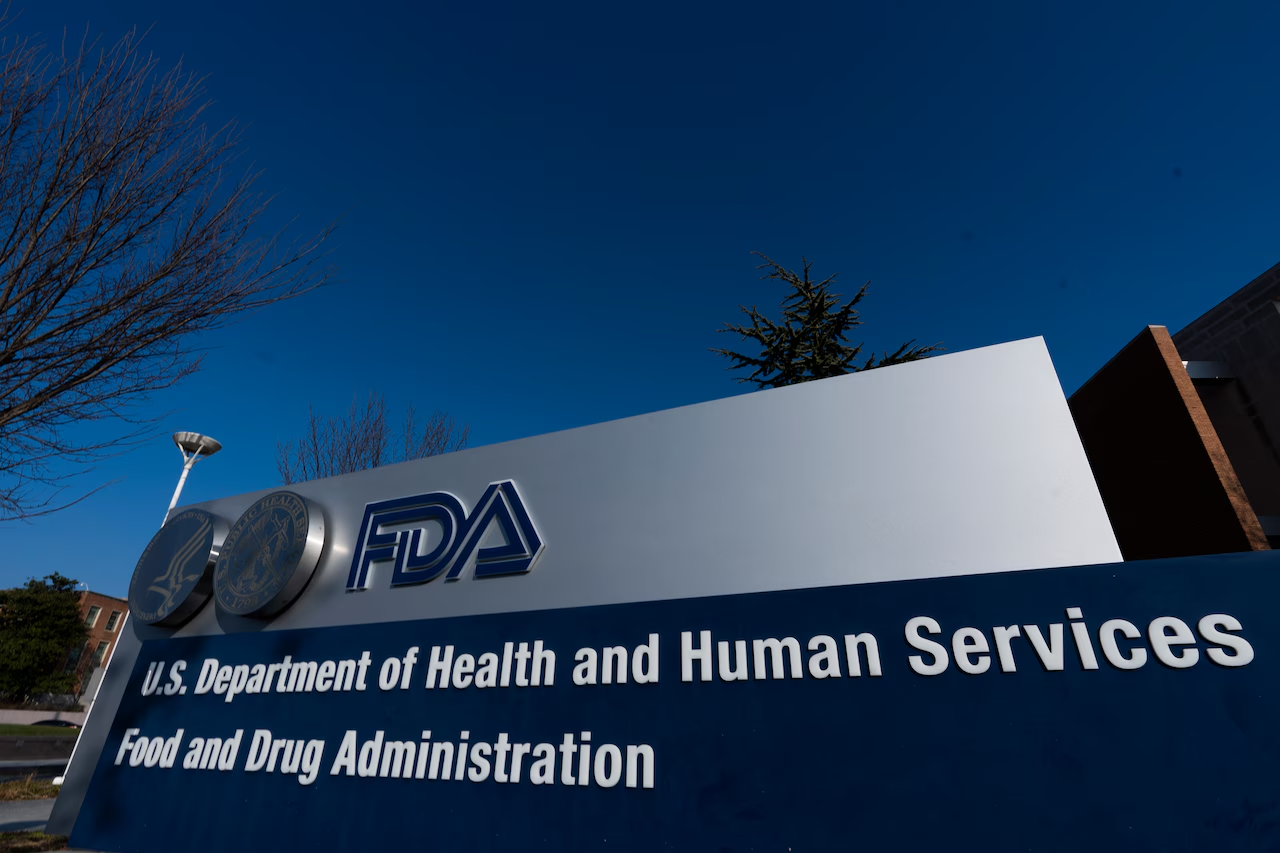
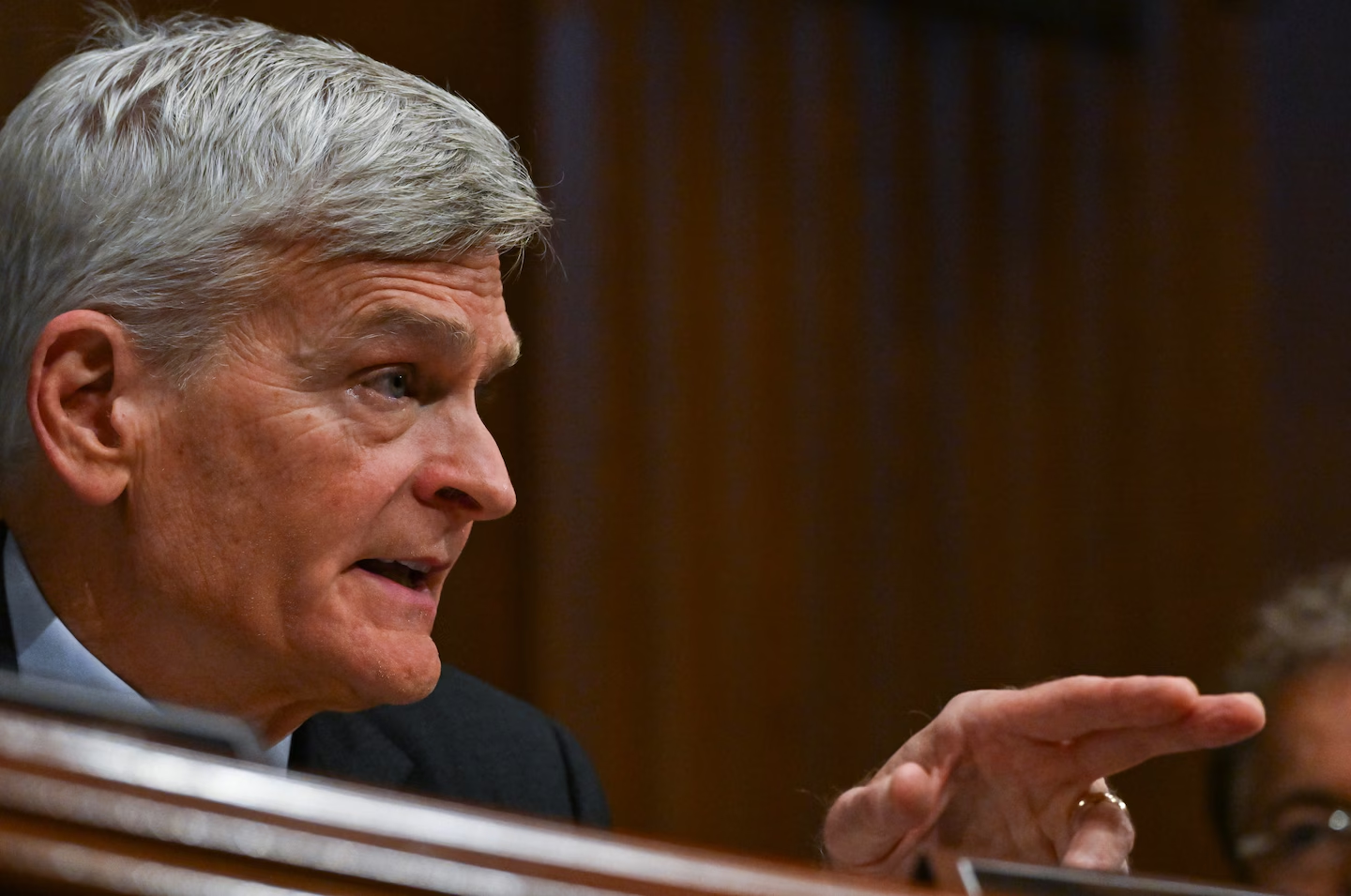
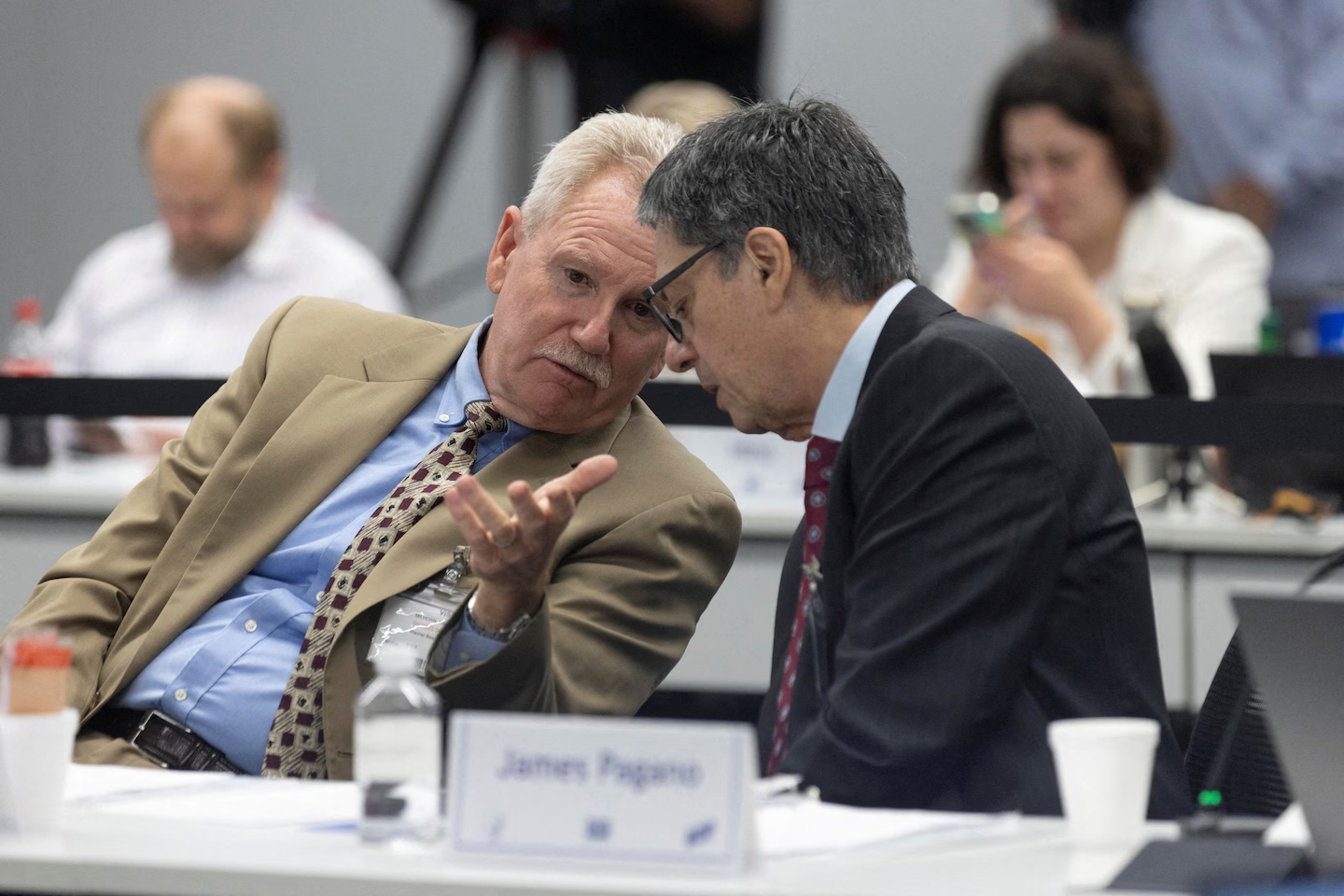
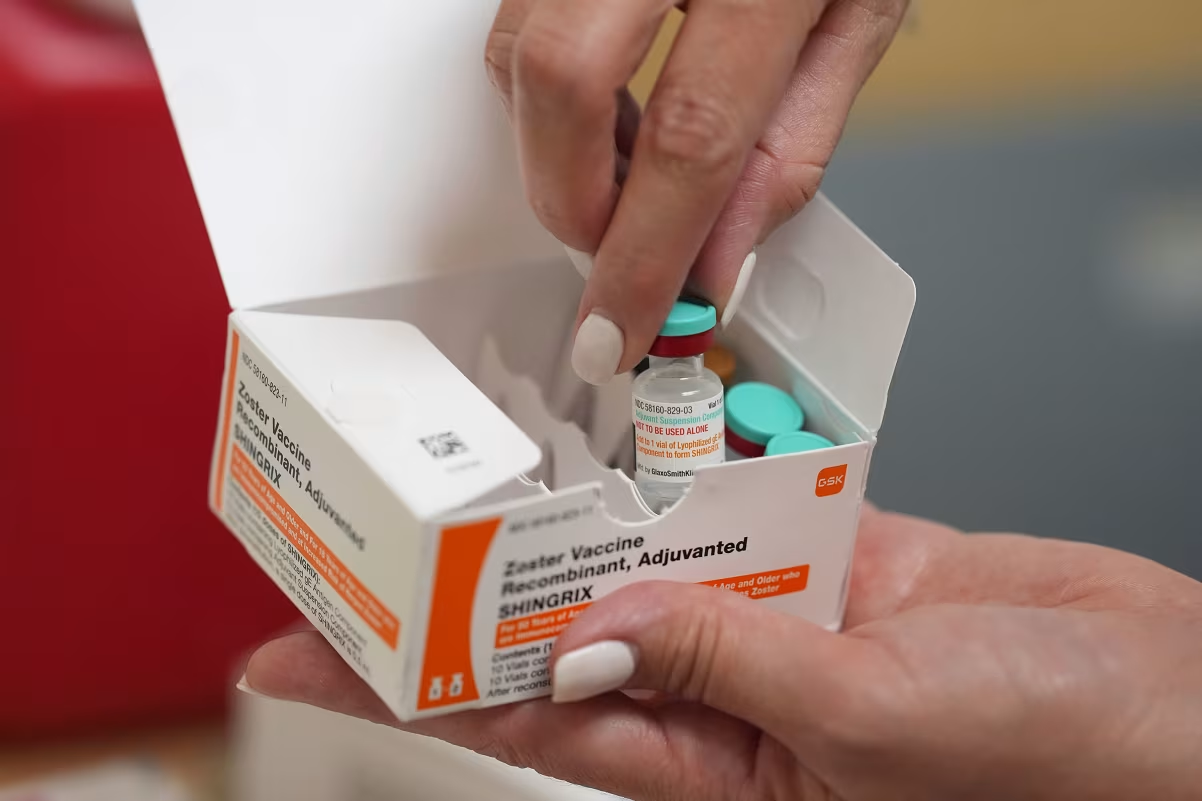

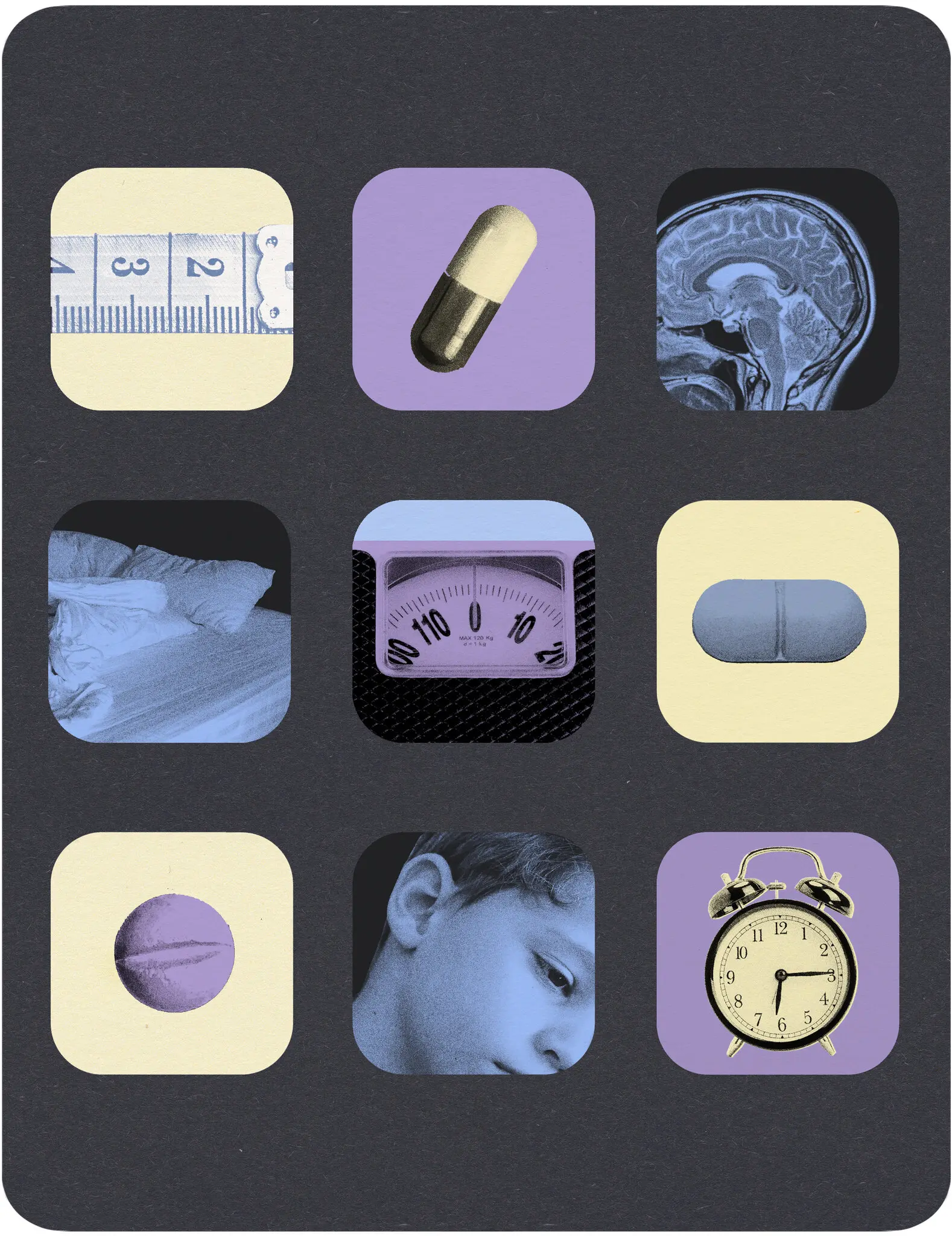


Leave a Reply